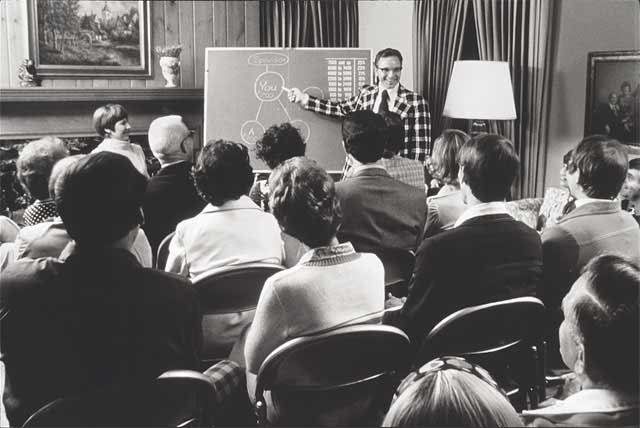History class may not have been your favorite growing up, but it is one of the most informative. You learn about important documents, events, and historical figures that influence how the world functions today. People like George Washington, Benjamin Franklin, Ed Guilbert…. You never learned about Ed Guilbert?
Ed Guilbert is the father of EDI. He may not be a household name, but he and his team developed the first standardized system for business documents that would later influence how documents would be passed computer to computer. Circa June 1948, after World War II, the Soviet Union cut off canal, railway, and road access with the Western Allies. This led to the development of the Berlin Airlift, which supplied the Western Allies with all their necessities. But how did the cargo arrive? Who was assigned to fly the plane? What items are contained in the cargo? These questions became answers thanks to Ed Guilbert. He and his logistics team developed the first standard manifest (much like the 856, or ASN, used today). This standard helped track what was contained in the shipment, who was delivering the cargo, while not allowing language barriers or confusing formats to delay the shipment.
Soon, companies began to see the value in using the electronic passing of standardized documents to help their business, and profits, grow. The standardization made ordering and shipping faster, more organized, and less expensive. Documents were passed electronically by the use of Radio teletype, telex messages, or telephone. Big companies saw the benefits of using standardized documents, which led to the development of the first national EDI specification, published in 1975.







